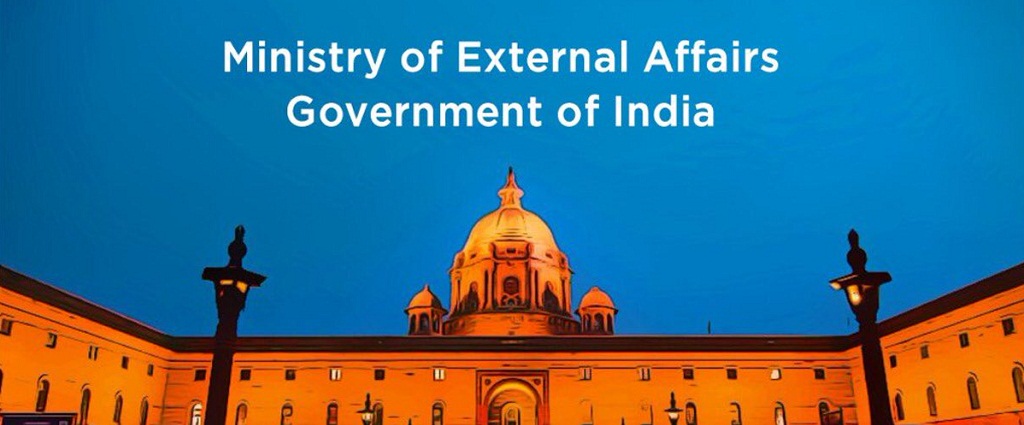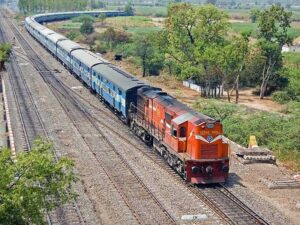India refutes fresh Chinese claims on Galwan Valley in Ladakh

New Delhi, June 20, 2020: In response to claims of the Chinese Spokesperson on the events in the Galwan valley area, the Official Spokesperson of the Ministry of External Affairs (MEA), Anurag Srivastava said, “The position with regard to the Galwan Valley area has been historically clear. Attempts by the Chinese side to now advance exaggerated and untenable claims with regard to Line of Actual Control (LAC) there are not acceptable. They are not in accordance with China’s position in the past.
Indian troops are fully familiar with the alignment of the LAC in all sectors of the India-China border areas, including in the Galwan Valley. They abide by it scrupulously here, as they do elsewhere. The Indian side has never undertaken any actions across the LAC. They have been patrolling this area for a long time without any incident. All infrastructure built by the Indian side is naturally on its side of the LAC.
Since early May 2020, the Chinese side has been hindering India’s normal, traditional patrolling pattern in this area. This had resulted in a face-off which was addressed by the ground commanders as per the provisions of the bilateral agreements and protocols. We do not accept the contention that India was unilaterally changing the status quo. On the contrary, we were maintaining it.
Subsequently, in mid-May, the Chinese side attempted to transgress the LAC in other areas of the Western Sector of the India-China border areas. These attempts were invariably met with an appropriate response from us. Thereafter, the two sides were engaged in discussions through established diplomatic and military channels to address the situation arising out of Chinese activities on the LAC.
The Senior Commanders met on 6 June 2020 and agreed on a process for de-escalation and disengagement along the LAC that involved reciprocal actions. Both sides had agreed to respect and abide by the LAC and not undertake any activity to alter the status quo. However, the Chinese side departed from these understandings in respect of the LAC in the Galwan Valley area and sought to erect structures just across the LAC. When this attempt was foiled, Chinese troops took violent actions on 15 June 2020 that directly resulted in casualties.
External Affairs Minister (EAM) and the Foreign Minister of China, H.E. Mr. Wang Yi, had a conversation on 17 June 2020 wherein EAM conveyed our protest in the strongest terms on the events leading up to and on the violent face-off on 15 June 2020. He firmly rejected the unfounded allegations made by the Chinese side and the misrepresentation of the understandings reached between the Senior Commanders. He also underlined that it was for China to reassess its actions and take corrective steps.
The two Ministers also agreed that the overall situation would be handled responsibly and that both sides would implement the disengagement understanding of 6 June sincerely. The two sides are in regular touch and early meetings of military and diplomatic mechanisms are currently being discussed.
We expect that the Chinese side will sincerely follow the understanding reached between the Foreign Ministers to ensure peace and tranquillity in the border areas, which is so essential for the overall development of our bilateral relations.”
Earlier, the Chinese Foreign Ministry spokesman Lijian Zhao had said, “The Galwan Valley is located on the Chinese side of the Line of Actual Control in the west section of the China-India boundary. For many years, the Chinese border troops have been patrolling and on duty in this region.
Since April, the Indian border troops have unilaterally and continuously built roads, bridges and other facilities at the LAC in Galwan Valley. China lodged representations and protests on multiple occasions but India went even further to cross the LAC and made provocations.
On May 6, Indian border troops crossed LAC, trespassed into China’s territory, built fortification & barricades, which impeded the patrol of Chinese border troops. They deliberately made provocations in an attempt to unilaterally change the status quo of control & management.
The Chinese border troops were compelled to take necessary measures to respond to the situation on the ground and strengthen management & control in the border areas. To ease the situation, China and India stayed in close communication through military and diplomatic channels.
In response to the strong demand of the Chinese side, India agreed to withdraw the personnel who crossed the LAC and demolish the facilities, and so they did.
On June 6, the border troops held a commander-level meeting & agreed to ease the situation. India promised it would not cross the estuary of Galwan river to patrol & build facilities. The two sides would discuss & decide phased withdrawal of troops by officials on the ground.
Shockingly, on the evening of June 15, India’s front-line troops, in violation of the agreement reached at the commander-level meeting, once again crossed the Line of Actual Control for deliberate provocation when the situation in the Galwan Valley was already easing.
India’s front-line troops even violently attacked the Chinese officers and soldiers who went there for negotiation, thus triggering fierce physical conflicts and causing casualties. This is the step-by-step account of the Galwan clash.”








